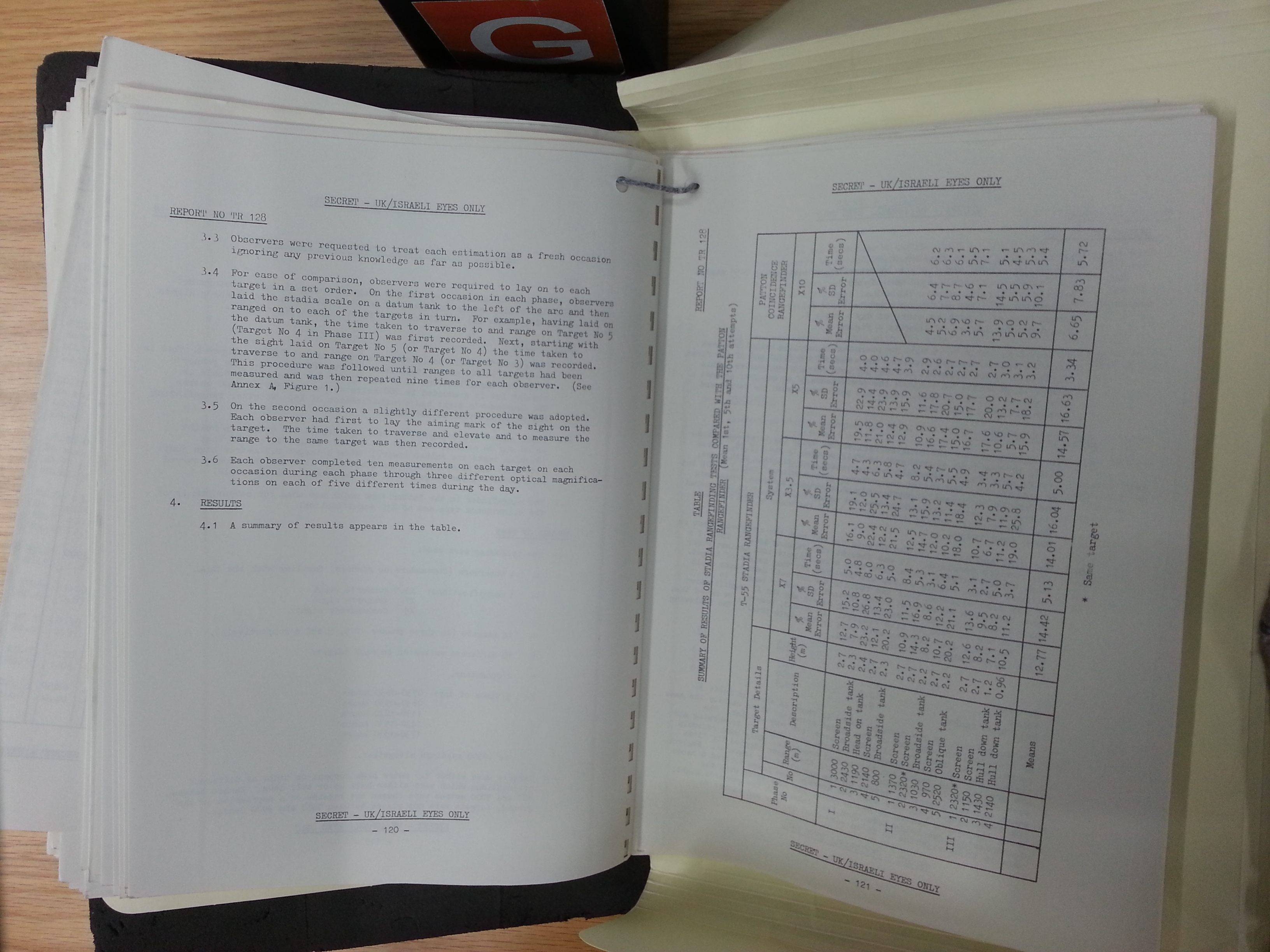S
speziale
Guest
kicsit a '60-as évek optikai távmérőiről, pontosabban a szovjetek által használt stadioemtrikus távmérőről:
Compared to a good optical coincidence rangefinder with a wide optical base length, stadia rangefinding was rather imprecise, especially when used on partially obscured targets. British testing on the stadia rangefinder in the TLS (Tank Laser Sight) installed in Chieftain tanks, identical in form and function to the Soviet type, showed that the average error, taken from three different sets of measurements, reached only 13.7%. The study included three series of tests on partially obscured targets. The average range measurement error for these targets reached 22-37%. When the measurements on the partially obscured targets are omitted from the data set, the average error plummets to merely 5.73%, 9.25% and 7.16%. The mean error across all three sets is 7.38%.

ezt hasonlítsuk ahhoz, hogy a T64A-ban és t72-ben használt koincidencia távmérők 2km-en belül 2%-os hibával mértek...
egyébként az átlag mellett a szórás is érdekes, mivel az is meglehetősen nagy volt....
azt is lehet látni, hogy amennyiben a látási viszonyok nem voltak tökéletesek, akkor drámian romlott a mérés pontossága..
(a németek által használt sztereoszkópos megoldás egyik előnye ez volt még a sima koincidencia mérőhöz képest mérten is)
Compared to a good optical coincidence rangefinder with a wide optical base length, stadia rangefinding was rather imprecise, especially when used on partially obscured targets. British testing on the stadia rangefinder in the TLS (Tank Laser Sight) installed in Chieftain tanks, identical in form and function to the Soviet type, showed that the average error, taken from three different sets of measurements, reached only 13.7%. The study included three series of tests on partially obscured targets. The average range measurement error for these targets reached 22-37%. When the measurements on the partially obscured targets are omitted from the data set, the average error plummets to merely 5.73%, 9.25% and 7.16%. The mean error across all three sets is 7.38%.

ezt hasonlítsuk ahhoz, hogy a T64A-ban és t72-ben használt koincidencia távmérők 2km-en belül 2%-os hibával mértek...
egyébként az átlag mellett a szórás is érdekes, mivel az is meglehetősen nagy volt....
azt is lehet látni, hogy amennyiben a látási viszonyok nem voltak tökéletesek, akkor drámian romlott a mérés pontossága..
(a németek által használt sztereoszkópos megoldás egyik előnye ez volt még a sima koincidencia mérőhöz képest mérten is)





